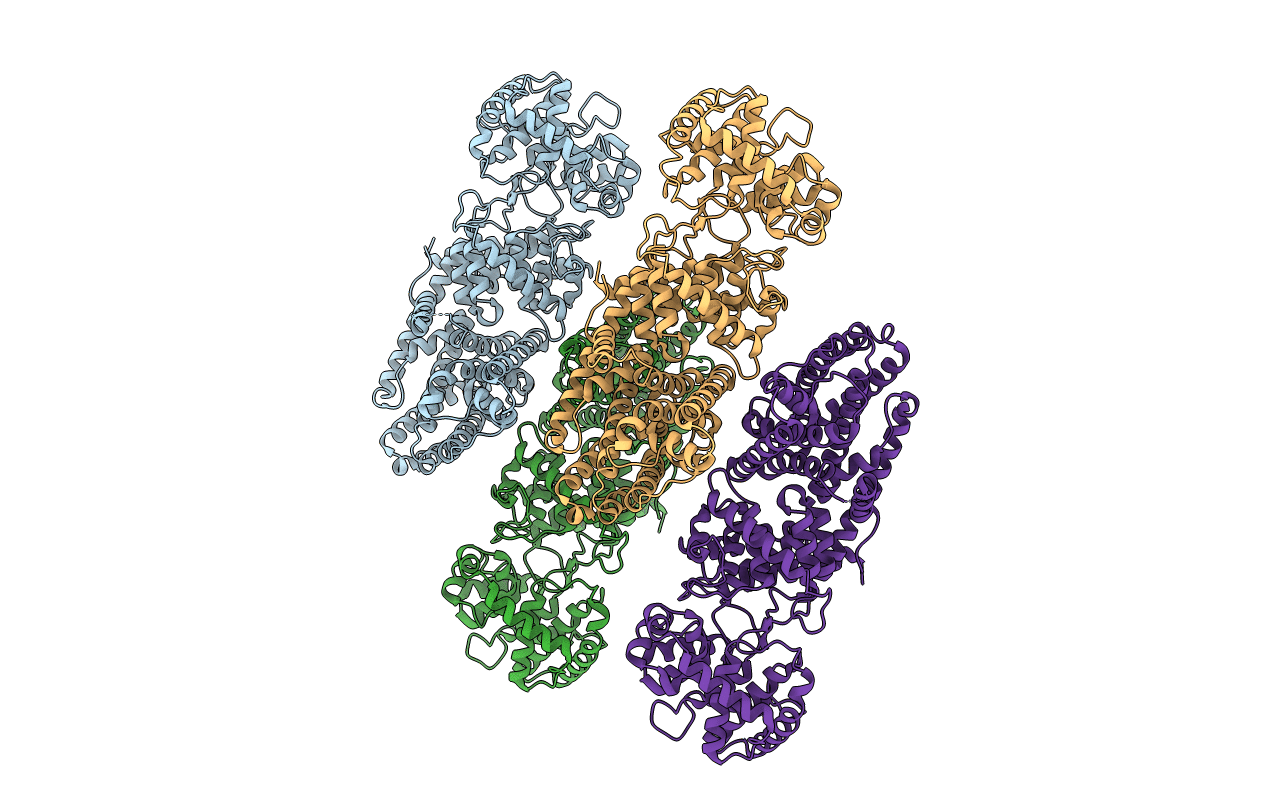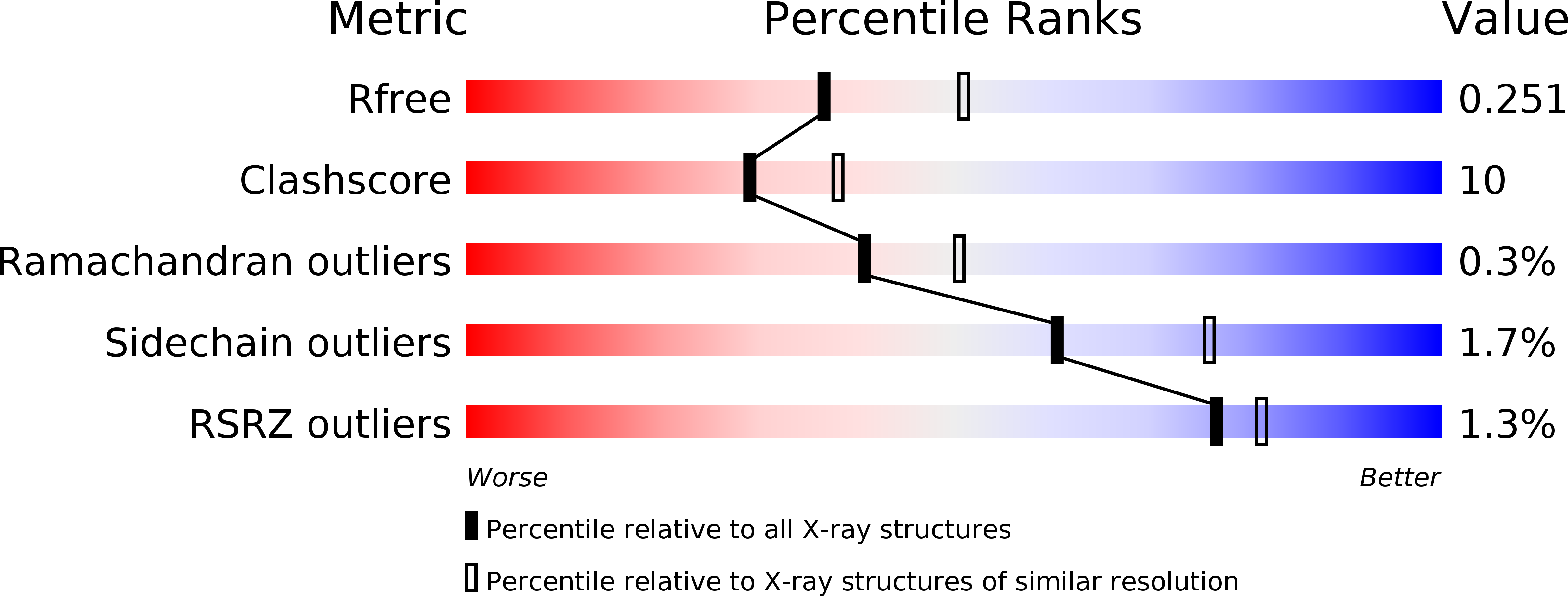
Deposition Date
2011-06-02
Release Date
2012-01-11
Last Version Date
2024-02-28
Method Details:
Experimental Method:
Resolution:
2.30 Å
R-Value Free:
0.25
R-Value Work:
0.19
Space Group:
P 1 21 1


